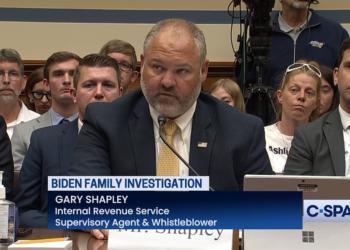Just over 3 miles northeast of the White House in the heart of Washington, one can find a massive 40-acre solar farm that nearly became a parking lot instead.
Developed by the Catholic University of America and Rockville, Maryland-based Standard Solar, the West Campus Solar Array has been pumping thousands of kilowatts of energy into the university and local homes since it came online in July 2024.
The array stretches across a rolling hill next to Harewood Road, facing opposite the Basilica of the National Shrine of the Immaculate Conception. Forty-two rows of solar panels can be found on roughly 25 acres of the entire 40-acre parcel of land, enclosed by electrical wiring and a rusting iron fence located along the road.
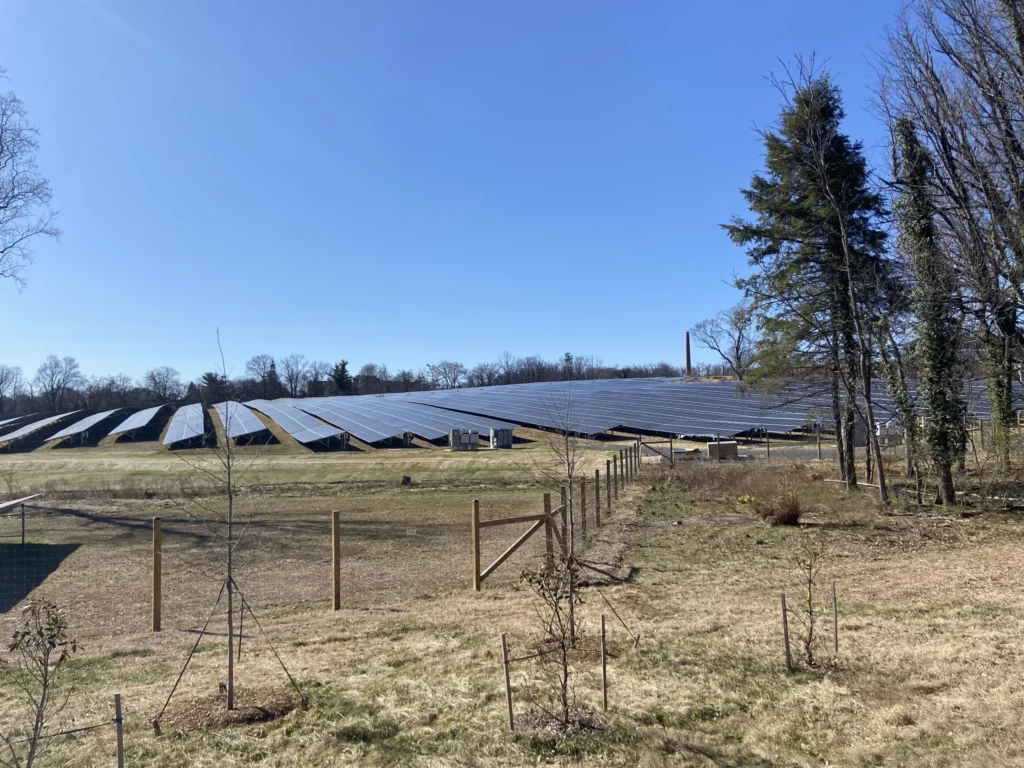
The entire 7.5-megawatt array is expected to save around 7.115 metric tons of greenhouse gas emissions and provide around 10,000 megawatt hours of power each year.
Why solar?
The land, which Catholic University has only owned since 2004, had been unused for decades, home to roaming wildlife and dozens of trees.
By 2012, university officials wanted to put it to use. That year, in the university’s campus master plan, which is formally revised every 10 years, officials proposed turning part of the west campus lot into a parking lot that could accommodate roughly 275 vehicles.
However, as time went on, the university’s priorities shifted as it accelerated its sustainability and economic goals.
“I think they ultimately decided that they wanted to monetize the space to the extent that they could,” Catholic University Director of the Office of Campus Sustainability Gabrielle Choate told the Washington Examiner, calling the array a “monetary asset for the university.”
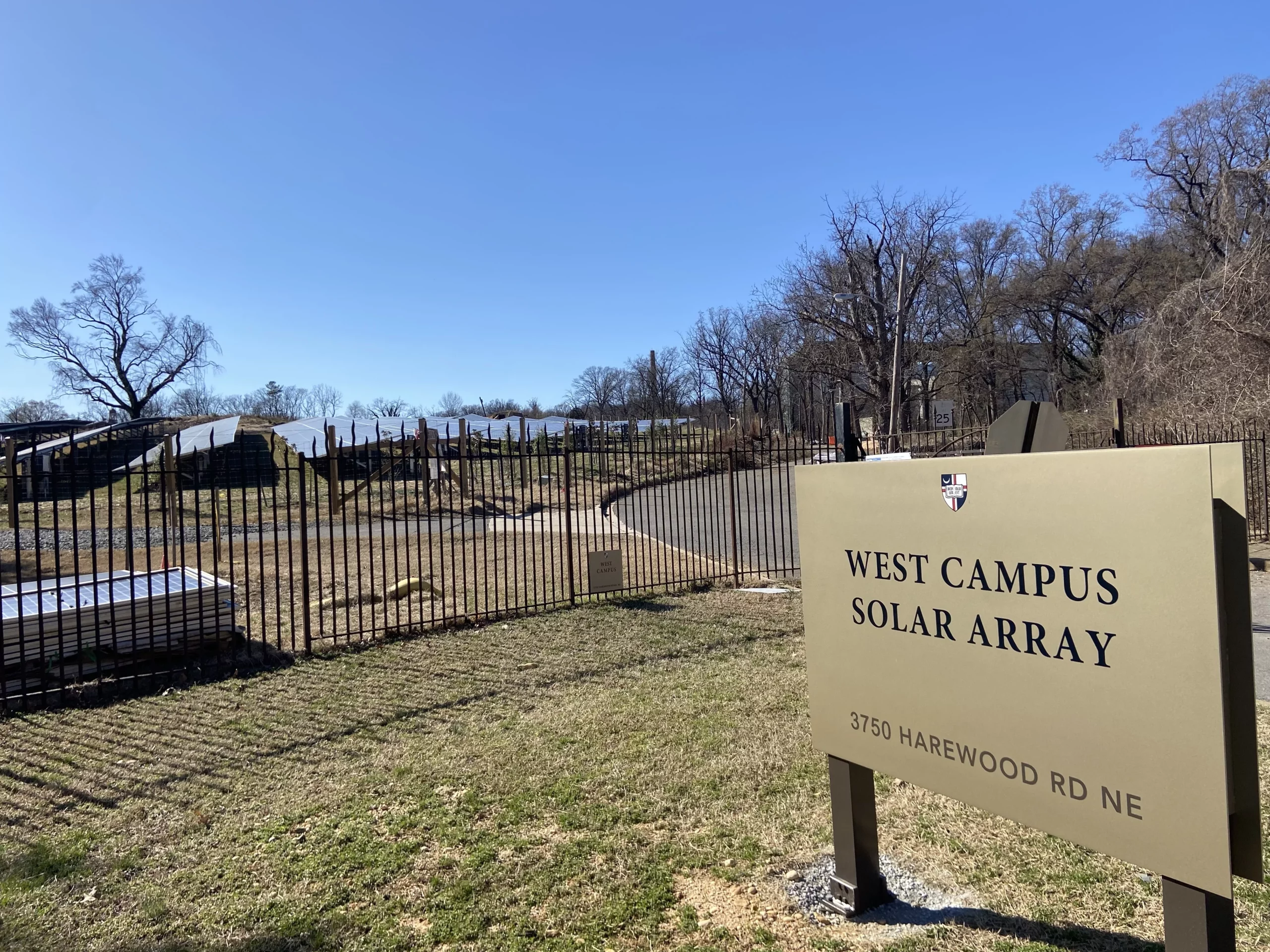
Choate explained that while Catholic University owns the land the solar panels were installed on, the school does not own the array itself. Instead, the university leases the land to Standard Solar, which installed, maintains, and operates the panels. As a result, the university is able to purchase some of the electricity generated at a reduced rate, lowering its overall electricity costs.
Some university officials have said there still is a need for parking in the area, though Choate insisted that many lots located on campus are not always full.
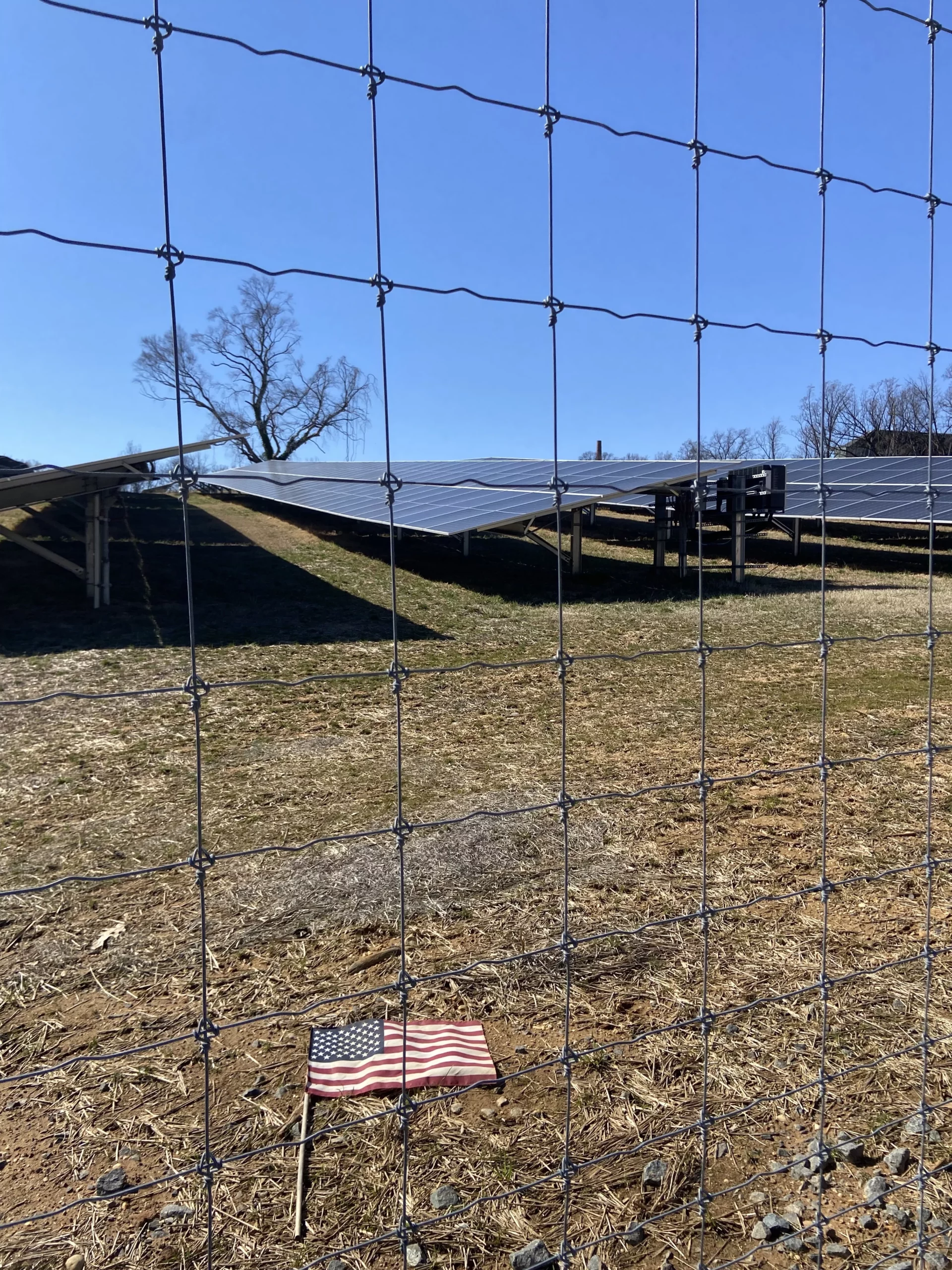
In addition to the West Campus array, Catholic University is home to around 2,600 solar panels on its Main and North campuses, with some installed above at least one parking lot. While the university could have pursued a similar project on the open land, it might have reduced the efficiency of the panels.
John Finnerty, Standard Solar’s director of business development, told the Washington Examiner that typically solar panels that are grounded, meaning they are mounted directly into the ground, often have higher production levels than those on a roof.
“Often, what you find with rooftops is that we’re tilted a little flatter to the roof, so overall, the production is a little bit less,” Finnerty said. “And then the buildings themselves typically aren’t orientated directly south. Whereas … we can really try to aim the solar panels better on the ground towards the south for peak production.”
Community support
The West Campus Solar Array is widely considered to be the largest ground-mount solar array in an urban area in the region — and perhaps anywhere in the United States. While it is growing increasingly popular for urban universities to back local and community solar projects, many are lacking in space, limiting projects to rooftops.
James Bowe, a partner with King & Spalding focused on the energy sector, told the Washington Examiner that Catholic University was “fortunate” to have such a rare large parcel of land in a large city.
Discussions for the project began in 2019, with requests for design bidding starting one year later. After Standard Solar was selected for the project, construction began in August 2022. Roughly two years later, the array began producing electricity.
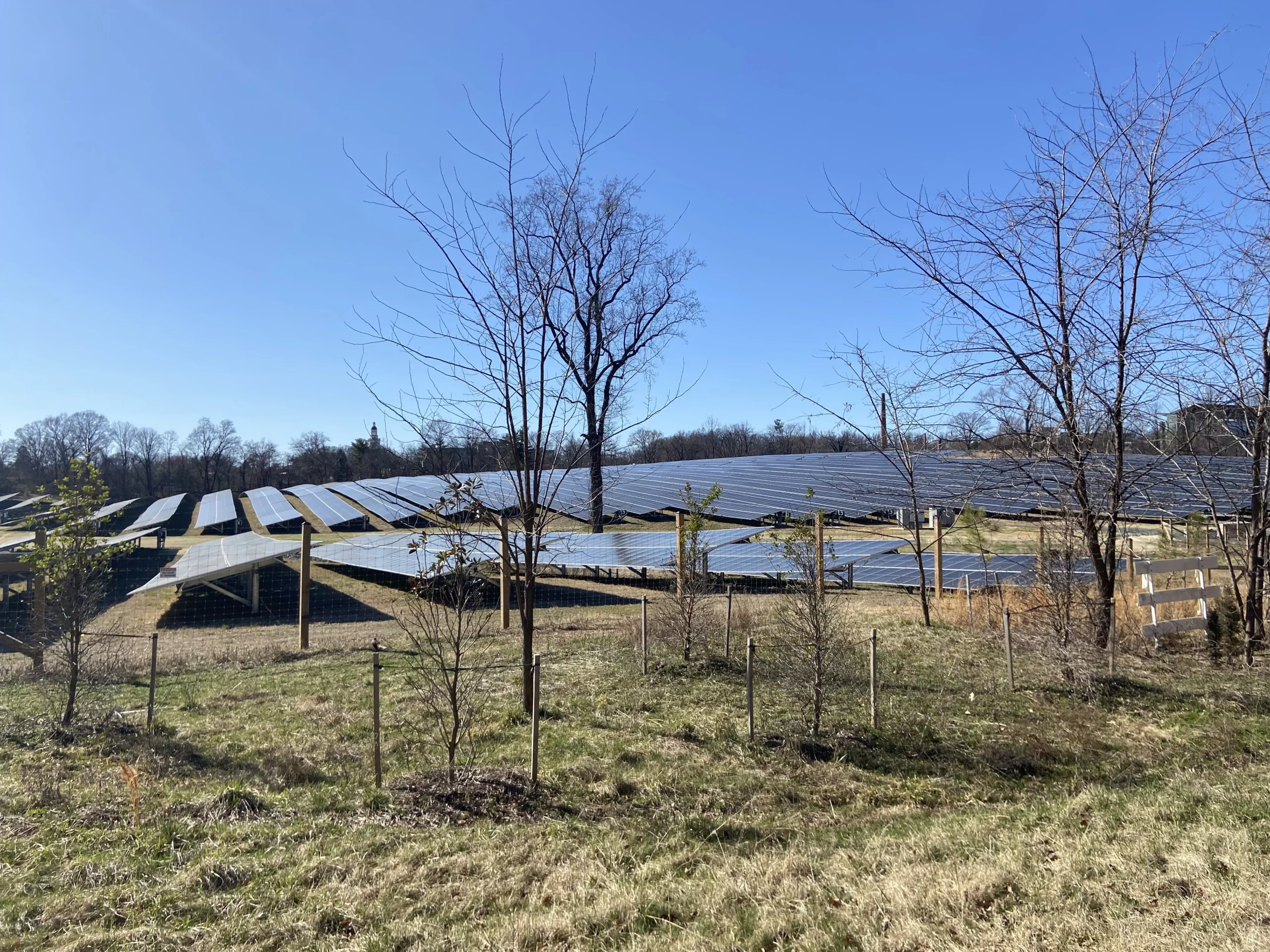
On average, smaller solar projects, around 2 to 5 megawatts, can take anywhere from 12 to 24 months to develop and complete construction. Bowe explained that, given that the project is classified as a community solar array and is located in a city highly supportive of solar power, Catholic University was never anticipated to hit many hurdles.
“I wouldn’t have expected the district to push back at all, because this is a use that meets a bunch of objects as far as the local community goes,” Bowe said.
While solar has often been criticized for its substantial land use or being an eye-sore to neighbors, there are some who have lived in the area their entire lives and are ecstatic about the Catholic University project.
Susan Gibbs, who works in communications for the university, told the Washington Examiner she was born half a mile from the west side of campus and has driven by what used to be an empty lot hundreds of thousands of times in her life. For Gibbs, installing the solar array has helped protect the surrounding environment.
“It maintains open space. It contributes greatly to the environment and the city. In an urban area, it’s very hard to get this kind of space dedicated,” Gibbs said, adding, “I think it’s great use. It respects the feel of this area.”
Catholic University is only drawing on around 12% of the energy produced by the solar array, with the remaining electricity going directly to local residents in all eight wards of the District of Columbia, according to Standard Solar.
Any Potomac Electric Power Co. customer has the opportunity to choose a renewable energy source for their electricity, getting a 10% discount off the regulated electricity rate. Around 1,200 customers have opted into the deal, and the array is running at full capacity.
University officials have said they faced little, if any, pushback from those in the community when developing and installing the solar panels over the last five years.
DOE APPROVES MASSIVE LNG FACILITY HELD UP BY BIDEN PAUSE ON EXPORT APPROVALS
“From my perspective, we’re producing electricity, we’re getting electricity regardless of where it comes from,” Choate said, adding that the project puts the university in a better position to choose where it draws on its energy.
“That’s better than getting electricity from a more destructive practice,” she said.








